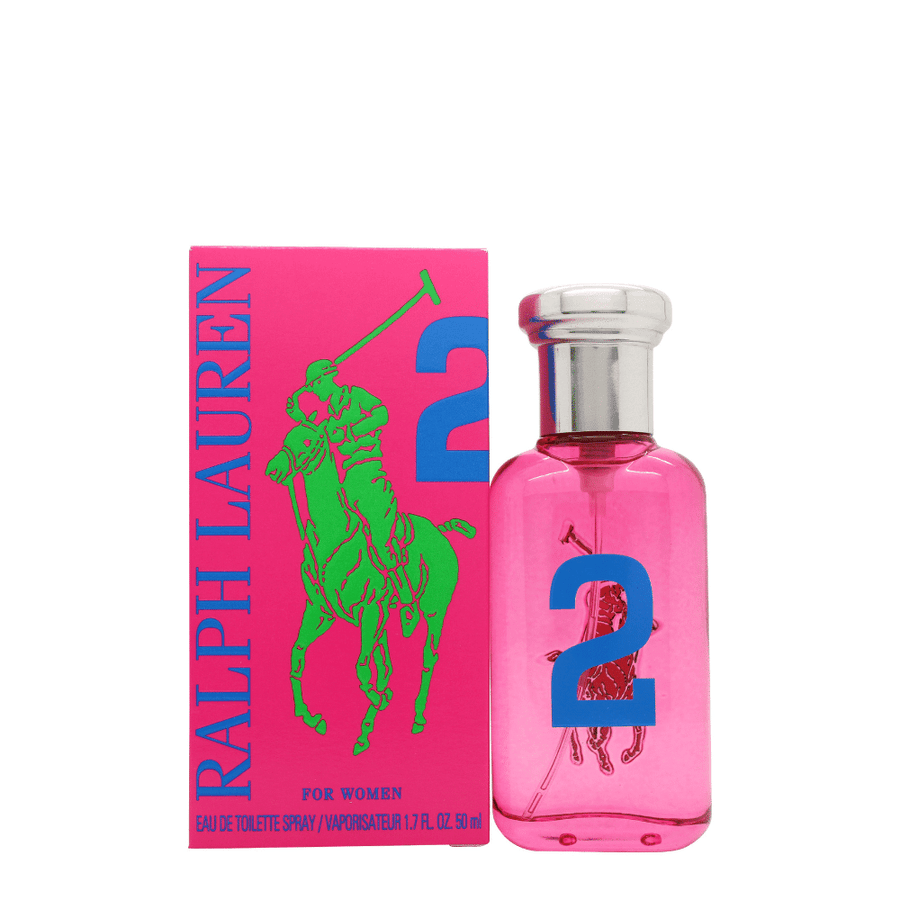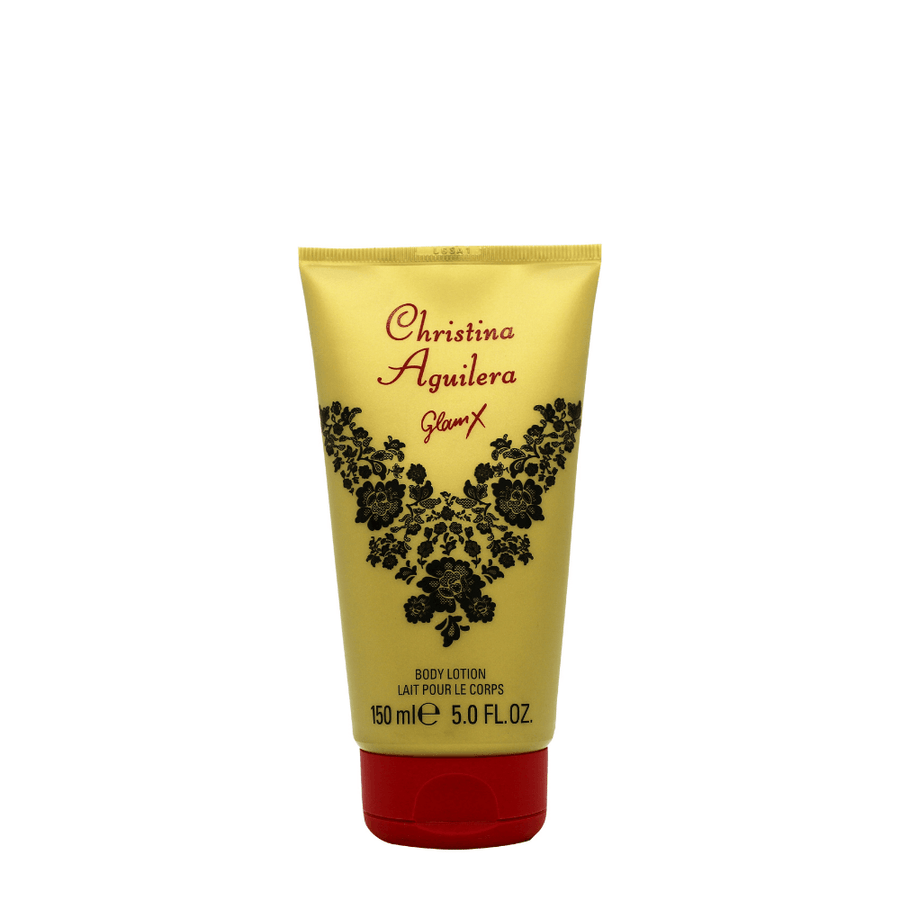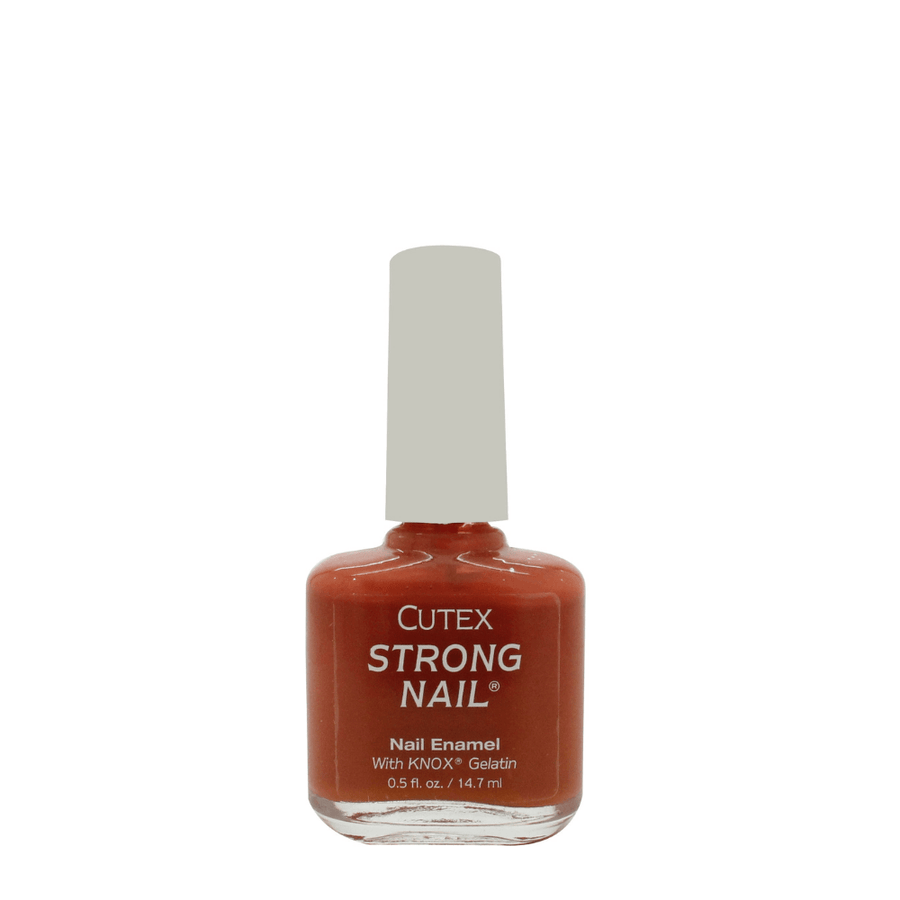
Eau de Toilette
Welcome to the ultimate guide to Eau de Toilette! Are you someone who loves using fragrances that leave a lasting impression? Are you curious about different types of fragrances and how they are created? In this text, we will delve into the world of Eau de Toilette, exploring its history, composition, application techniques and more. Whether you are a fragrance enthusiast or a beginner looking to improve your olfactory experience, this text will give you all the information you need. So sit back, relax and let's dive into the captivating world of Eau de Toilette!
Eau de Toilette: Revealing the mystery
Eau de Toilette is a term that has become synonymous with elegance, allure and luxury. Men But what exactly is Eau de Toilette? Let's start by breaking it down.
What is Eau de Toilette?
Eau de Toilette, often abbreviated as EDT, is a type of fragrance that falls under the broader category of perfumes. It is a lighter and less concentrated version of perfume and usually contains 5% to 15% aromatic compounds. This composition makes Eau de Toilette less intense than its perfume counterpart and provides a more subtle and refreshing scent.
Brief history of Eau de Toilette
To truly appreciate the art of Eau de Toilette, we must travel back in time to explore its fascinating origins. The concept of perfume making goes back thousands of years, with ancient civilizations such as Egypt, Mesopotamia and China using fragrances for various purposes. However, it was during the Renaissance in Europe that the art of perfume making really flourished.
Perfumes were initially created by extracting fragrant oils from natural ingredients such as flowers, herbs and spices. These oils were then diluted in alcohol to create fragrant elixirs. The term 'Eau de Toilette' itself originates from 17th century France, where it was used to describe scented preparations used for personal hygiene and grooming. Over the centuries, advances in distillation techniques and the discovery of synthetic fragrance compounds have revolutionized the perfume industry, paving the way for the wide range of scents we enjoy today.
Understanding the composition of the Eau de Toilette
Now that we have a basic understanding of what Eau de Toilette is, let's explore its composition in more detail. Eau de Toilette is a delicate blend of several components that together create its distinctive scent profile.
Fragrance notes: The building blocks of the scent
The scent of an Eau de Toilette consists of several aromatic notes that reveal different aspects of the fragrance over time. These notes can be classified into three categories:
- Top notes: Also known as opening notes, these are the first impressions you experience when you first apply the fragrance. Top notes are usually light and volatile, and last for about 10 to 15 minutes. Examples of top notes include citrus fruits like bergamot, lemon and grapefruit, as well as fresh herbal scents like lavender and mint.
- Middle notes: Also called heart notes, these come into play when the top notes evaporate. The middle notes are the heart of the fragrance and provide depth and character. They last longer than the top notes, usually for a few hours. Floral scents such as rose, jasmine and lily often form the middle notes of an Eau de Toilette.
- Base notes: The final phase of the fragrance journey is characterized by the appearance of base notes. These notes are rich, powerful and long-lasting, and form the basis of the fragrance. The base notes can remain on the skin for several hours or even days. Examples of base notes include warm and woody aromas such as sandalwood, cedarwood and patchouli.
Concentration levels: understanding potency
Eau de Toilette comes in different concentration levels, each offering a unique olfactory experience. Here are the different concentrations commonly found on the market:
- Perfume: With the highest concentration of aromatic compounds, the perfume has the strongest and most long-lasting scent. It typically contains 20% to 30% fragrance oils, ensuring a rich and luxurious experience.
- Eau de Parfum: With a slightly lower concentration, Eau de Parfum offers a robust and long-lasting scent. It contains about 15% to 20% aromatic compounds and balances intensity and subtlety.
- Eau de Toilette: As the focus of our text, Eau de Toilette contains a lighter concentration of fragrance oils. With 5% to 15% aromatic compounds, it provides a refreshing and stimulating scent that is perfect for everyday use.
- Eau de Cologne: Positioned as the lightest fragrance option, Eau de Cologne has the lowest concentration of aromatic compounds, ranging from 2% to 5%. This makes it ideal for a quick refreshment or a feeling of freshness.
Application methods: Mastering the art of fragrance
Applying Eau de Toilette is an art in itself. To make the most of your scent and ensure it lasts all day, consider the following tips:
- Pulse points: Apply Eau de Toilette to your pulse points, such as your wrists, neck and behind your ears. These areas generate heat, which helps the scent to spread and develop gradually.
- Spray or dab: Eau de Toilette is usually available in both spray and dab formats. Spraying the fragrance provides a more even distribution, while dabbing can provide a more controlled application. Choose the method that suits you best and provides even coverage.
- Layer upon layer: For a longer and more complex fragrance experience, consider using matching body care products, such as shower gel or lotion, with your Eau de Toilette. This creates a harmonious scent profile that lasts all day.
Frequently asked questions about Eau de Toilette
Is Eau de Toilette suitable for all skin types?
Yes, Eau de Toilette is generally suitable for all skin types. Men People with sensitive skin may want to test the scent on a smaller area before applying it to larger areas.
How long does Eau de Toilette usually last on the skin?
The duration of Eau de Toilette's scent varies depending on factors such as the specific scent, its concentration and individual body chemistry. On average, Eau de Toilette can last for 4 to 8 hours.
Can Eau de Toilette be used all year round?
Absolutely! Eau de Toilette is versatile and can be used in all seasons. However, lighter and fresher scents are usually preferred in warmer months, while richer and warmer scents are popular in colder weather.
Can Eau de Toilette be used by both men and women?
Yes, Eau de Toilette is suitable for all genders. Many fragrances are marketed as unisex or have separate versions for men and women. It is a matter of personal preference and which scent profile appeals to you.
What is the difference between Eau de Toilette and Eau de Parfum?
The main difference lies in the concentration of fragrance oils. Eau de Parfum contains a higher concentration (15% to 20%) compared to Eau de Toilette (5% to 15%). As a result, Eau de Parfum offers a stronger and longer-lasting scent.
How should I store my Eau de Toilette?
To preserve the quality and durability of your Eau de Toilette, you should store it in a cool and dry place, away from direct sunlight. Heat and light can change the scent and reduce its strength.
Conclusion
Eau de Toilette is a fascinating fragrance category that combines art, science and personal expression. Its refreshing and stimulating nature makes it a popular choice for daily use and allows for subtle and lasting impressions. By understanding the composition, concentration levels and application methods of Eau de Toilette, you can elevate your fragrance experience and embark on a sensory journey like no other. So explore the wide range of fragrances available and find the Eau de Toilette that harmonizes with your unique personality and style. Remember that fragrance is not just a scent, but a powerful form of self-expression.







